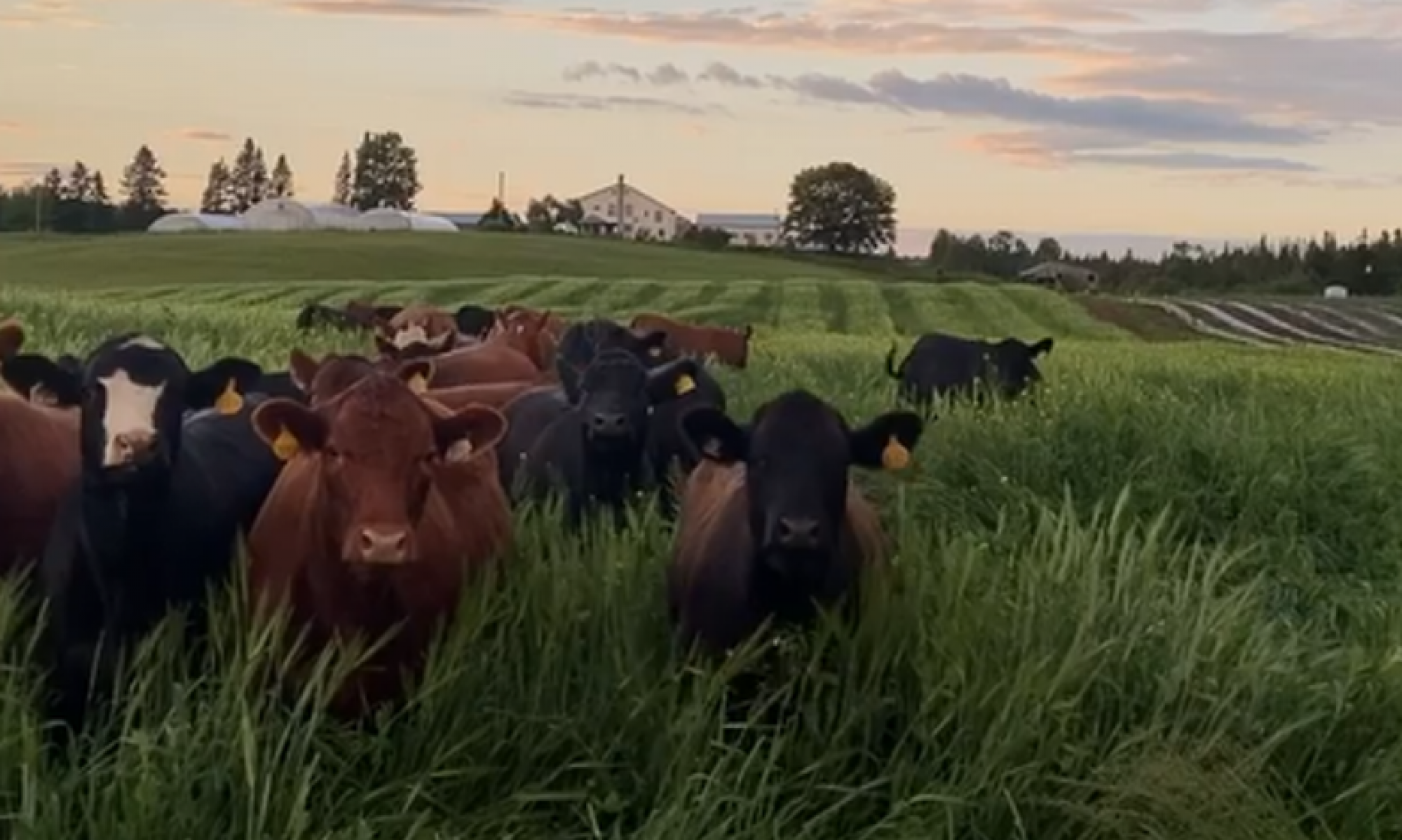Ingredients for the lamb meatballs and yogurt sauce
- 1lb ground lamb
- 1 Grated onion
- ¼ cup panko
- 2 cloves garlic minced
- ¼ cup cilantro chopped
- ¼ cup mint chopped
- 2 tsp cumin
- 2 tsp coriander
- 2 tsp paprika
- 1 tsp cinnamon
- 1 tsp cayenne
- 1 ½ tsp salt
- 1 tsp pepper
- 1 cup yogurt
- 1 tbsp olive oil
- 1 tsp cumin
- 1 tbsp lemon juice
- ¼ tsp salt and pepper
Ingredients for the falafel
- 1 15 oz can of chickpeas, rinsed and drained
- 1/3 cup shallots roughly chopped
- 3 garlic cloves chopped
- ½ cup cilantro
- ½ cup parsley
- ½ tsp salt
- ¼ tsp cumin
- ¼ tsp coriander
- Pinch black pepper
- 6 tbsp flour
- ½ cup panko
- Oil for frying
Yogurt Sauce: Combine yogurt, olive oil, 1 crushed garlic clove, cumin, lemon juice and salt and pepper. Set aside.
Meatballs: Mix lamb, onion, panko, 2 cloves garlic and fresh cilantro together and roll into meatballs. Fry in pan with a bit of olive oil turning to brown evenly.
Falafel:
In a food processor pulse chickpeas, shallot, garlic, cilantro, parsley, salt, cumin, coriander and black pepper until a coarse pea-sized mixture forms. Add 6 tbsp of flour and continue pulsing until mixture is fairly smooth but some texture welcome! Form into balls and roll in panko. Heat vegetable oil (about ½ inch high in pan). Use spatula to press down on balls to form a disc, cook for 3 minutes on each side until golden.
Serve with pita bread and some tomato, cucumber, and feta salad. Enjoy!














